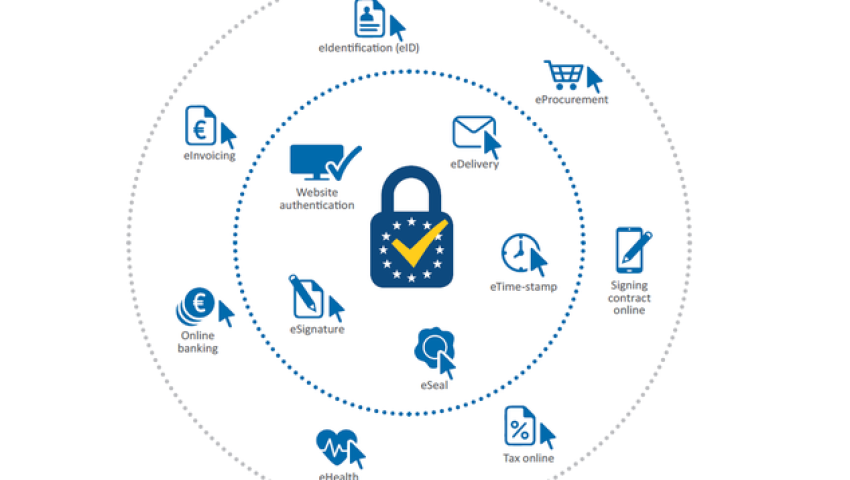
What is eIDAS and how can I use it?
Introduction
In today’s increasingly digitized world, the need for secure and efficient online transactions is paramount. Whether it’s accessing government services, conducting business transactions, or participating in cross-border e-commerce, establishing trust and verifying identities is crucial. This is where eIDAS (Electronic Identification, Authentication and Trust Services) comes into play. eIDAS is a comprehensive framework introduced by the European Union (EU) to facilitate secure digital interactions across member states. In this article, we will delve into the concept of eIDAS, its key components, and the benefits it offers.
Understanding eIDAS
eIDAS is a regulation implemented by the EU in 2014 with the aim of creating a harmonized framework for electronic identification and trust services. The primary goal of eIDAS is to enable secure and seamless cross-border transactions by providing a standardized and legally recognized digital identity framework across the EU member states. It establishes a set of rules and standards for electronic identification, authentication, electronic signatures, and other trust services.
Key Components of eIDAS
1. Electronic Identification (eID): eIDAS facilitates the mutual recognition of national electronic identification systems within the EU. It allows individuals and businesses to use their national electronic identity credentials (eIDs) for accessing online services in other member states.
2. Electronic Trust Services: eIDAS also covers various electronic trust services, including electronic signatures, electronic seals, time stamping, and registered electronic delivery services. These services ensure the authenticity, integrity, and non-repudiation of electronic transactions.
3. Qualified Electronic Signatures (QES): eIDAS defines the concept of a qualified electronic signature, which holds the same legal value as a handwritten signature. QES ensures the identification of the signer and protects the integrity of the signed data. Qualified trust service providers issue and validate these signatures.
4. Trusted Service Providers (TSPs): eIDAS sets out requirements for trusted service providers, including the certification and supervision of these entities. TSPs play a crucial role in providing secure and reliable eID and trust services across borders.
Benefits of eIDAS
1. Cross-border Interoperability: eIDAS enables citizens, businesses, and public authorities to use their national eID credentials to access services in other EU member states. This interoperability fosters cross-border trade, simplifies administrative processes, and eliminates the need for multiple identification mechanisms.
2. Enhanced Security and Trust: By establishing a robust framework for electronic identification and trust services, eIDAS ensures the security, integrity, and confidentiality of digital transactions. It promotes trust in online interactions, reducing the risk of fraud and identity theft.
3. Seamless Digital Services: eIDAS eliminates barriers to digital service adoption by enabling individuals and businesses to access online services seamlessly, regardless of their location within the EU. This opens up new opportunities for e-commerce, public services, and cross-border collaboration.
4. Cost and Time Savings: eIDAS reduces administrative burdens by streamlining processes that traditionally required physical presence or paper-based documentation. Businesses can save time and costs associated with manual authentication procedures, while individuals can conveniently access services from anywhere.
Conclusion
eIDAS represents a significant step forward in establishing a standardized and secure digital identity framework within the EU. By enabling cross-border interoperability and enhancing trust in digital transactions, eIDAS paves the way for a seamless and efficient online environment. The framework has the potential to revolutionize the way individuals and businesses engage in digital interactions, unlocking new opportunities for cross-border trade, innovation, and collaboration. As technology continues to advance, eIDAS will play a vital role in ensuring the secure and trustworthy digital landscape of the future.




